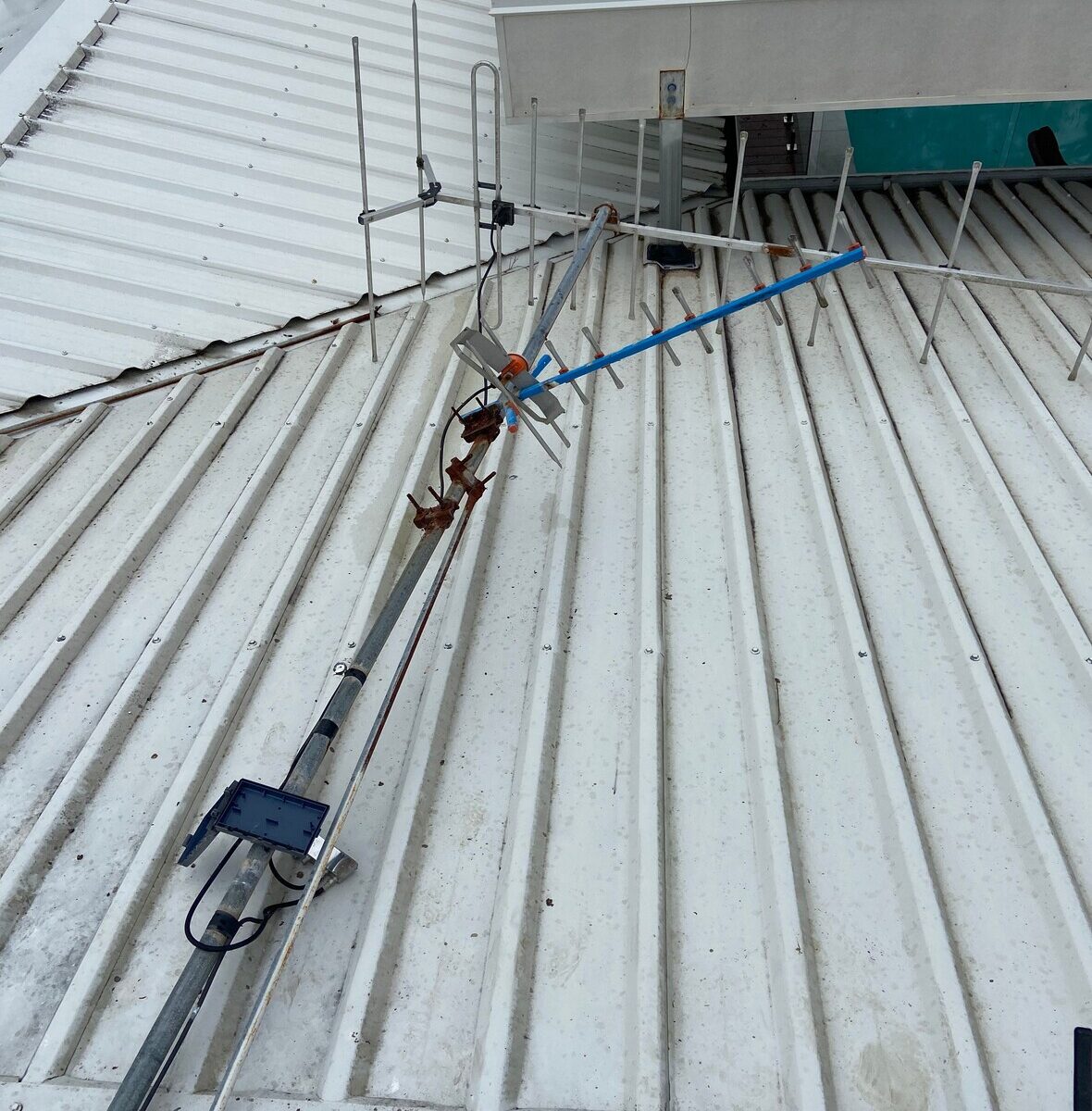The issue we have at this time of year is that most of the older antennas and masts are also the higher masts and they often have passed their serviceable life but the owner doesn’t realise it. We have a number of particularly high masts that were put up in earlier times when we definitely needed high masts nearly everywhere. We also need large aerials on top to get reception all the way from Mt Cootha in Brisbane.
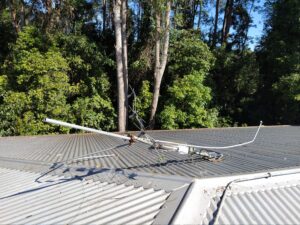
However, we now have five local transmitters so that means many of us no longer need the high masts and the big antennas. But like so many things that are there for a long time – they become invisible, because although they are right there, clearly visible – you often don’t see them because they have become so normal they disappear into the background.
The trouble is, the masting and aerials on top have a service life, and that is generally about 7 years. It can be as short as 3- 4 years near the beach or canals and sometimes as much as 10 to 15 years in the hinterland. As long as good quality hot dipped galvanised hardware was used and quality aluminium antennas, you can expect this type of service life. But there is also always someone who uses cheaper equipment that doesn’t quite last as well – even though the gear looks good to start with, so those masts and aerials can last a much shorter time.
The key point here is, it is time to look up at the aerial on your roof and if it is on a high mast and it either looks rusty, bent, leaning, loose or bits falling off then it is time to call a professional antenna installer to remove the old mast and install a new one, BEFORE the storms arrive.
The point I have been making to a number of people is that the antenna mast falling down in a storm can damage the roof and if it creates a hole then you also have water damage. This is costly and inconvenient and really a problem you didn’t need to have!
From a straight-out cost point of view, in most cases, the excess you have to pay to claim on your insurance is about the same as the cost would have been for replacing the aerial before it fell down. And you avoid all the other damage and inconvenience, not to mention you still have TV reception which can be quite important in storm season.
So, following this article I have posted some pictures of some examples of what I am talking about. These are images of what we find when we arrive on site. Sometimes a picture paints a thousand words.
Please take the time to have a look up at the aerial on your roof and if it needs attention, give us a call sooner rather than later.
Thanks for listening,
Phil White
(With 34 years antenna experience on the Sunshine Coast)
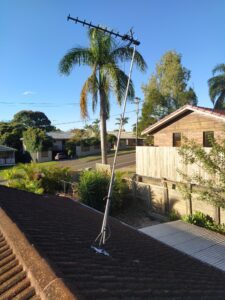
Leaning TV antenna mast – DIY gone wrong!
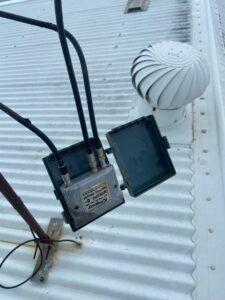
Mast Head amplifiers can also get damaged in storms
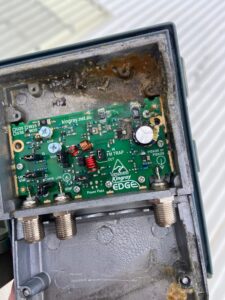
The circuit board shorted out – new amp required.
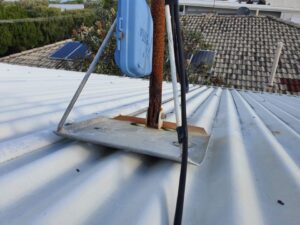
Cheap ungalvanised mast we came across really rusting away. Compare it to the properly galvanised base.
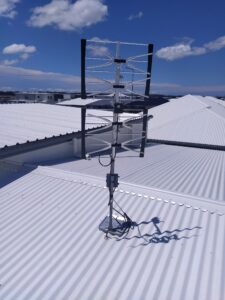
Example of the new install required. Note the 4′ mast is all that is needed.
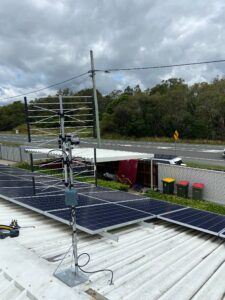
Another example of the height that most new installs need to be

